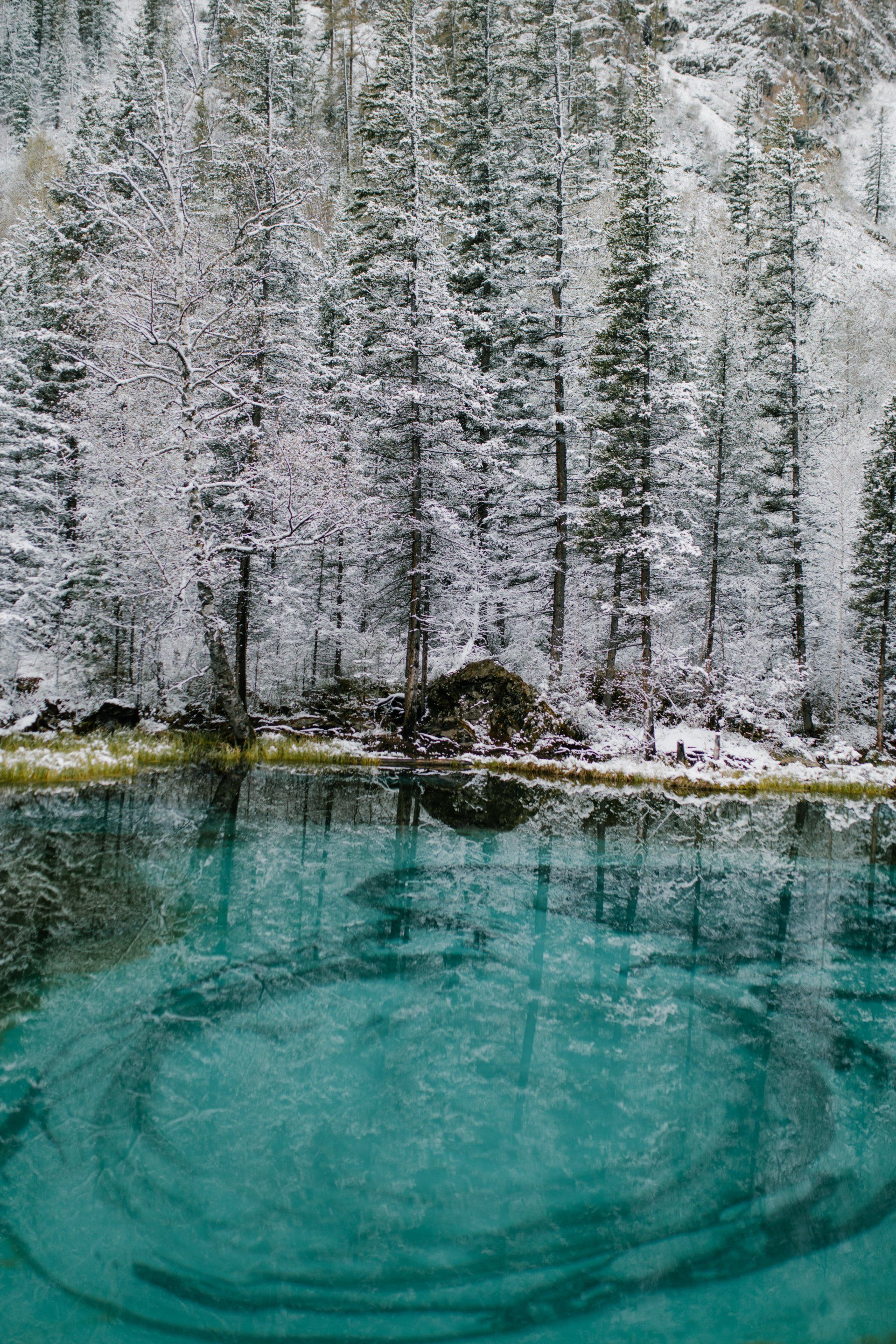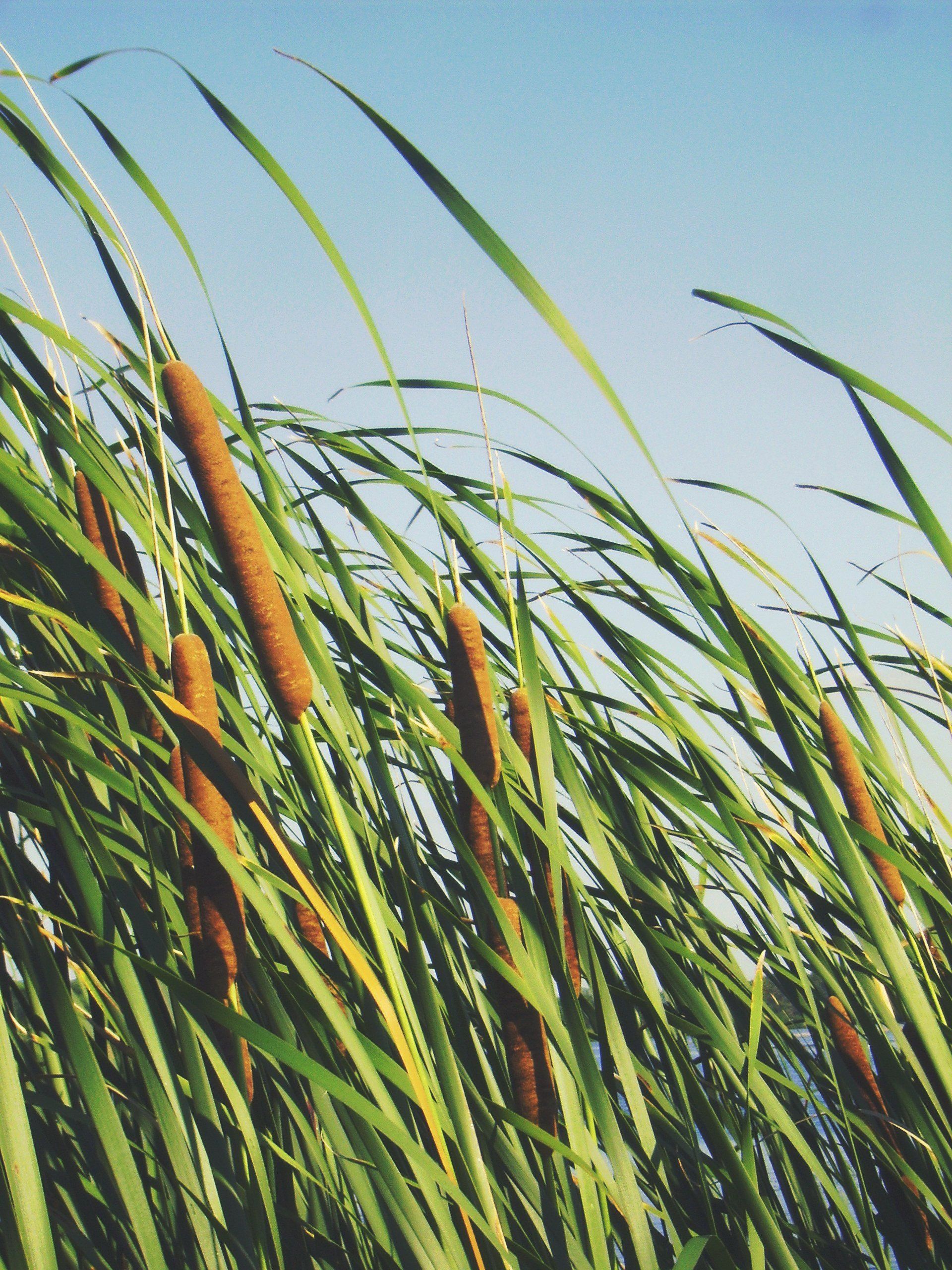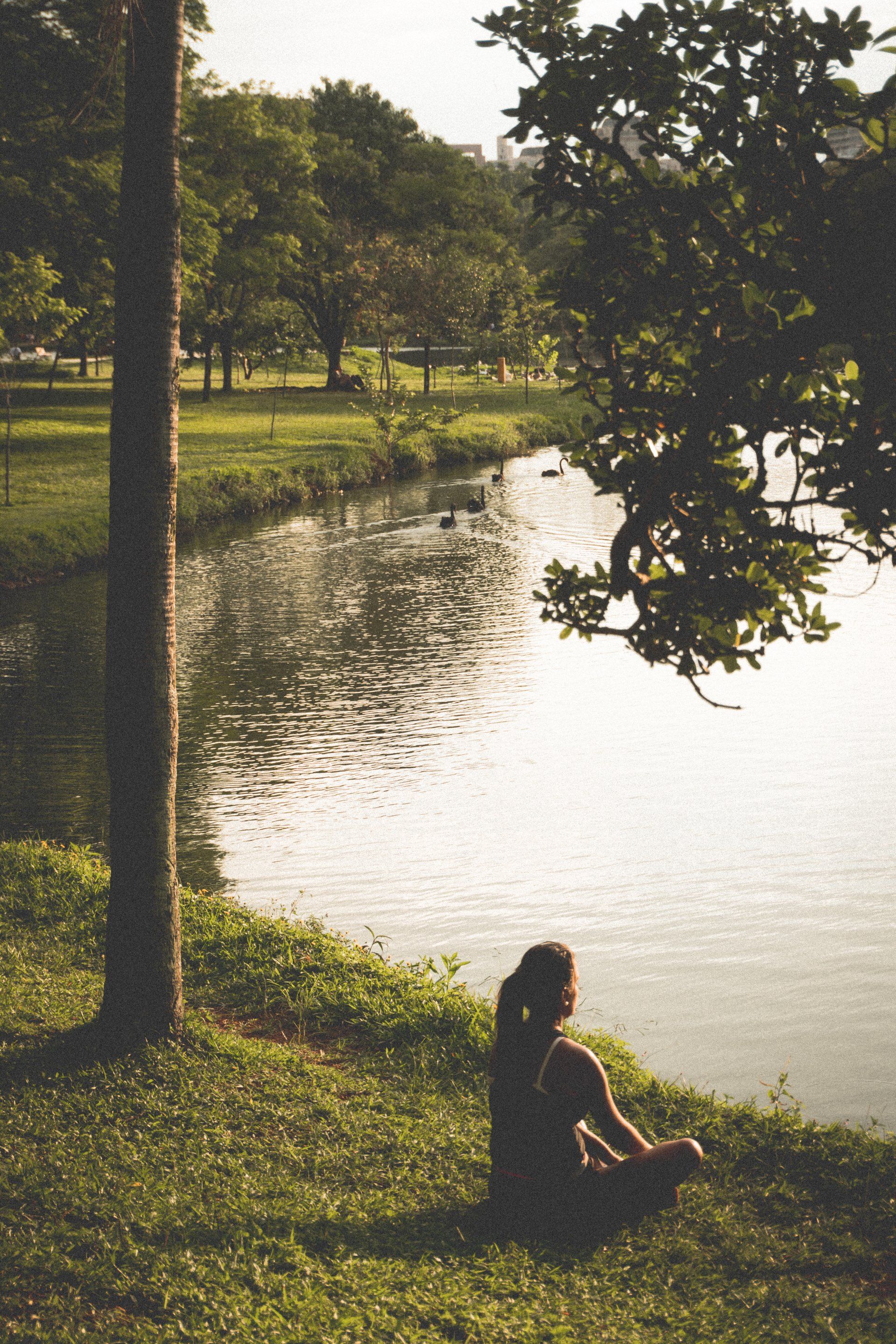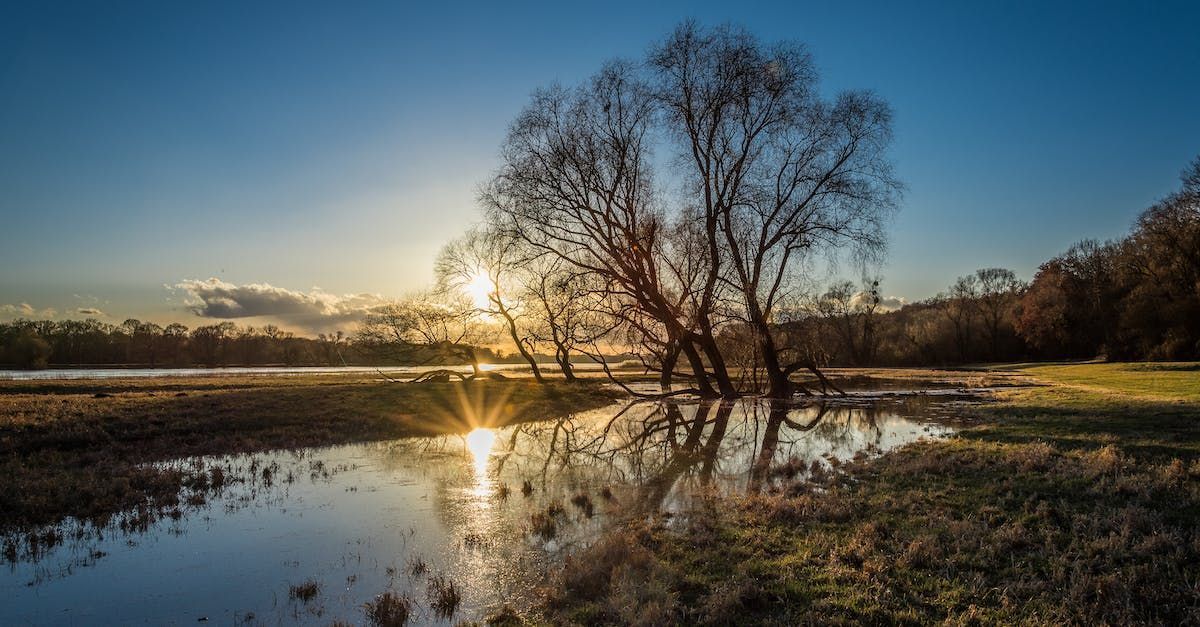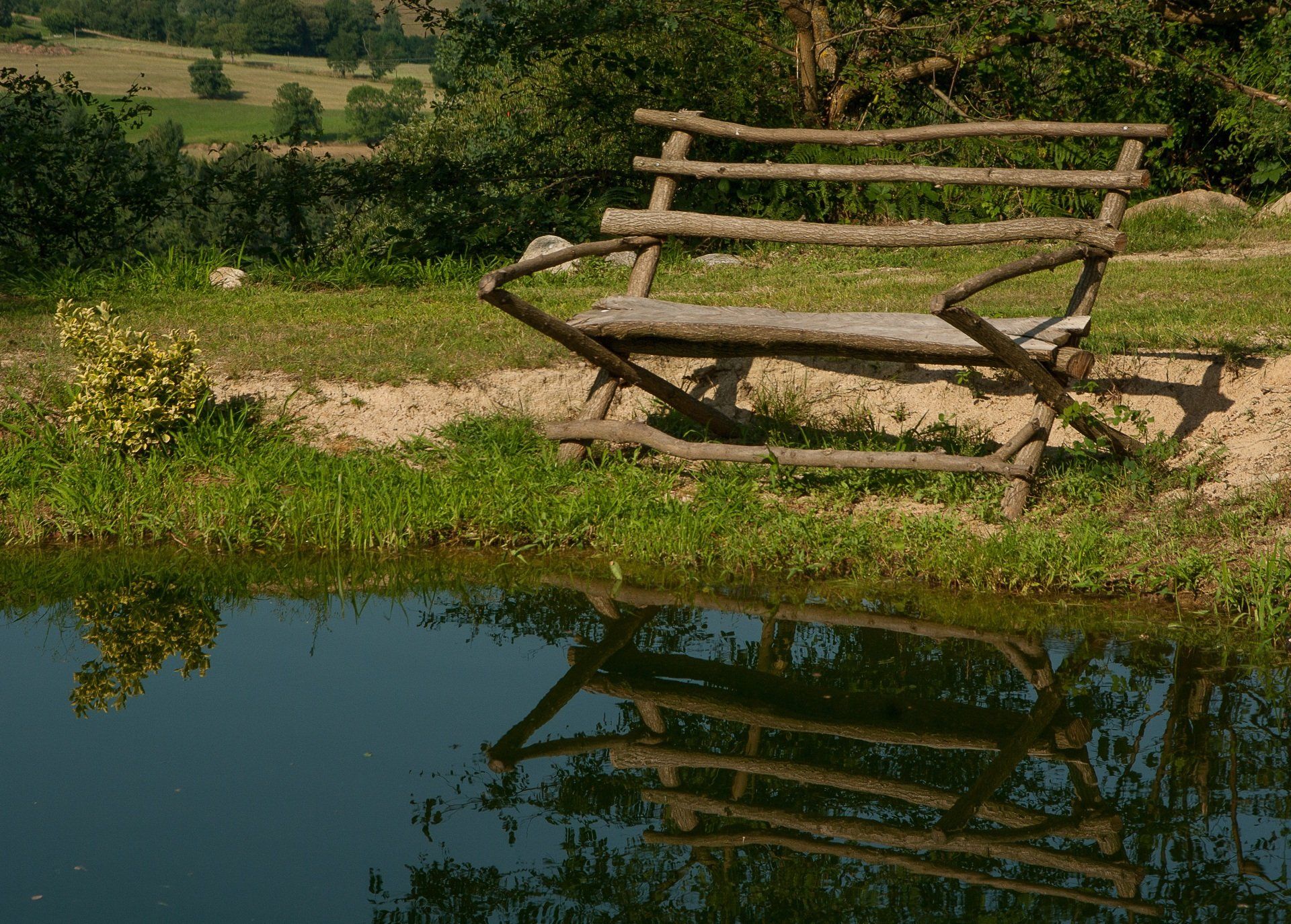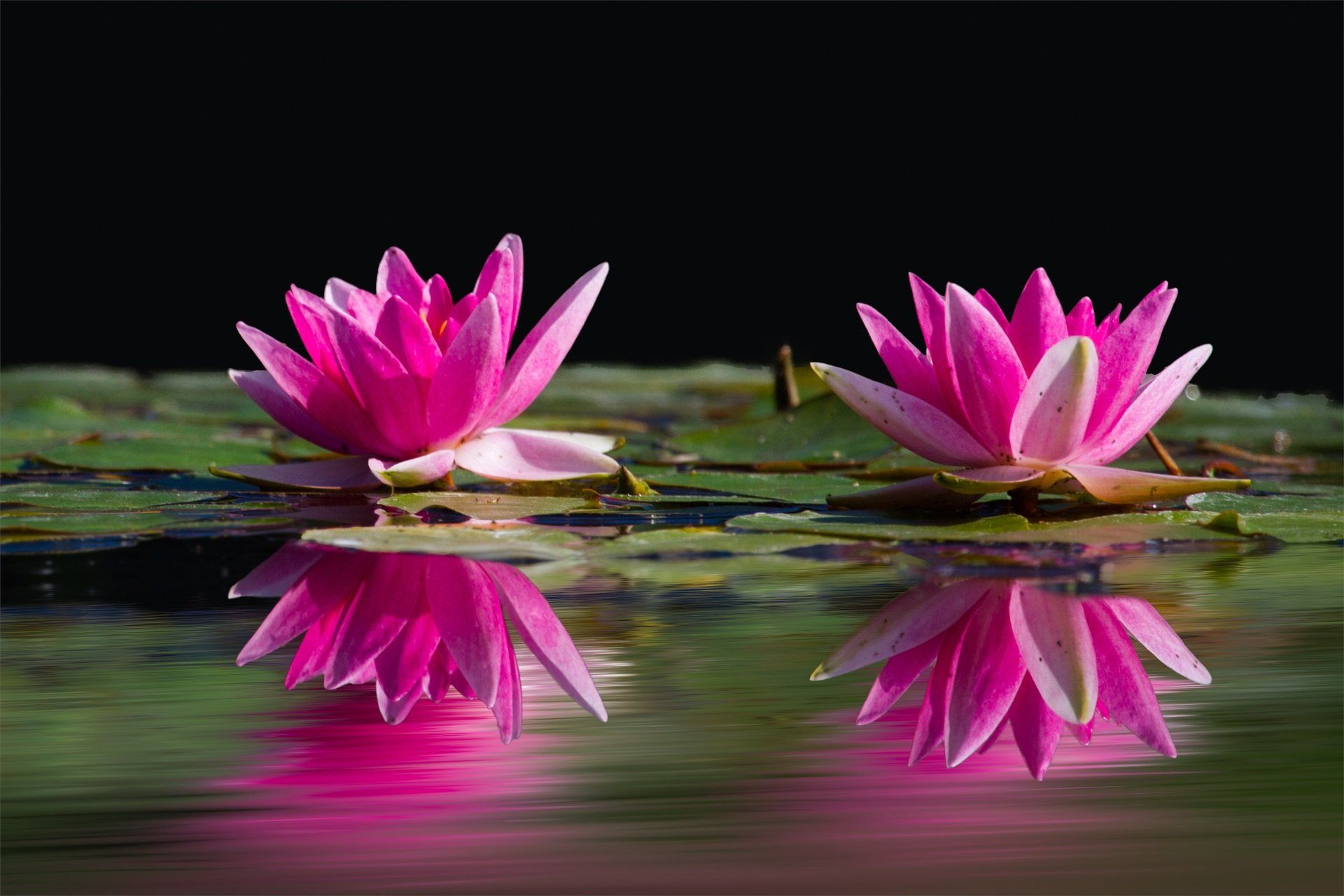Get in touch
555-555-5555
mymail@mailservice.com
The Top 3 Invasive Aquatic Plant Challenges and Their Damaging Impact
Safeguarding Aquatic Environments: Tackling the Menace of Invasive Plant Species in Rural Upstate NY
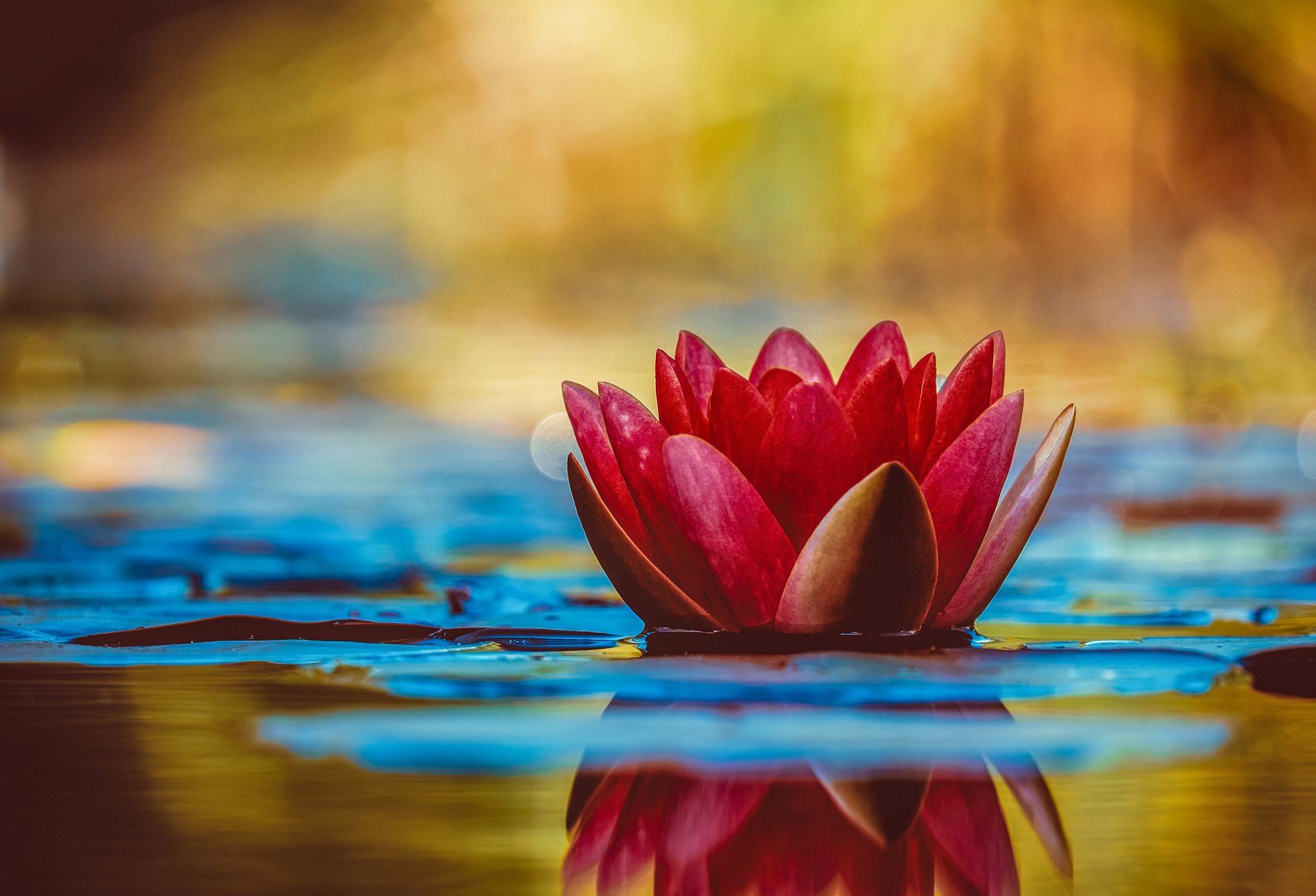
Maintaining the health and vitality of ponds and small lakes can be a significant challenge for homeowners, farmers, and golf clubs in rural upstate NY. One of the primary concerns is the proliferation of invasive plant species that can quickly take over water bodies, disrupting the natural ecosystem and causing various damages. In this article, we will explore the three most significant invasive plant challenges and their specific damaging impacts on aquatic environments.
Eurasian Watermilfoil (Myriophyllum spicatum):
Eurasian Watermilfoil is a notorious aquatic invasive plant that poses a significant threat to freshwater ecosystems. This submerged plant can quickly spread and form dense mats, inhibiting the growth of native plants and disrupting the natural balance of the water body. The ramifications of Eurasian Watermilfoil infestation include:
Limited Oxygen Availability: Dense mats of Eurasian Watermilfoil impede water circulation and block sunlight, leading to reduced oxygen levels in the water. This negatively affects fish populations, as they rely on adequate oxygen for their survival.- Restricted Recreation and Navigation: The extensive growth of Eurasian Watermilfoil hampers boating, swimming, and fishing activities, limiting the recreational value of the water body. The entangled mats can entrap boat propellers, making navigation challenging and potentially causing mechanical damage.
- Economic Impact: Infestations of Eurasian Watermilfoil can significantly impact local economies. Tourists and visitors are less likely to frequent areas with heavily infested water bodies, affecting the revenue generated by recreational activities and businesses reliant on tourism.
Water Chestnut (Trapa natans):
Water Chestnut, an aquatic plant native to Europe and Asia, has become a major concern for aquatic environments in upstate NY. This floating annual plant forms dense floating mats of vegetation on the water's surface, causing a range of ecological and economic issues. The damaging impacts of Water Chestnut include:
- Ecological Disruption: Dense Water Chestnut mats block sunlight, preventing native submerged plants from photosynthesizing and impeding the growth of beneficial algae. This disrupts the natural food chain, affecting aquatic organisms such as fish, turtles, and waterfowl that rely on these resources.
- Reduced Water Quality: The decomposition of Water Chestnut mats depletes oxygen levels in the water, potentially leading to fish kills and creating an environment conducive to the growth of harmful bacteria and algal blooms. This deterioration in water quality can have adverse effects on the overall health of the ecosystem.
- Impaired Water Access: Water Chestnut mats create obstacles for boating, fishing, and other recreational activities. These thick mats can entangle fishing lines, hinder boat motors, and make it challenging to access certain areas of the water body, impacting the overall enjoyment and usability of the water resource.
Hydrilla (Hydrilla verticillata):
Hydrilla is an aggressive aquatic weed that has become a significant threat to many ponds and lakes in upstate NY. It is a submerged plant that forms dense underwater colonies, outcompeting native species and altering the aquatic habitat. The damaging impacts of Hydrilla include:
Reduced Biodiversity: Hydrilla's rapid growth rate and ability to form dense mats restrict the availability of light and nutrients for native aquatic plants. This results in a decrease in biodiversity, negatively impacting the fish and invertebrate populations that depend on diverse plant communities for food and shelter.- Altered Water Chemistry: Hydrilla can alter the chemical composition of the water, leading to increased turbidity and reduced water clarity. This can impede the penetration of sunlight, hindering photosynthesis and affecting the overall health of the aquatic ecosystem.
Invasive aquatic plant species pose significant challenges to homeowners, farmers, and golf clubs with ponds and small lakes in rural upstate NY. Eurasian Watermilfoil, Water Chestnut, and Hydrilla are among the most troublesome invaders, causing a range of damaging impacts on aquatic environments. The detrimental effects include reduced oxygen availability, restricted recreation and navigation, economic losses, ecological disruption, impaired water quality, reduced biodiversity, and altered water chemistry. To preserve the health and integrity of our water bodies, it is crucial to identify and address invasive plant challenges promptly. By implementing effective control measures and promoting awareness about the risks associated with these invaders, we can work towards maintaining the natural balance and beauty of our precious aquatic ecosystems for future generations to enjoy. Together, we can make a difference in combating invasive plant species and safeguarding the vitality of our local waters.


Quick links
© 2022 All Rights Reserved | A-TIP Control
